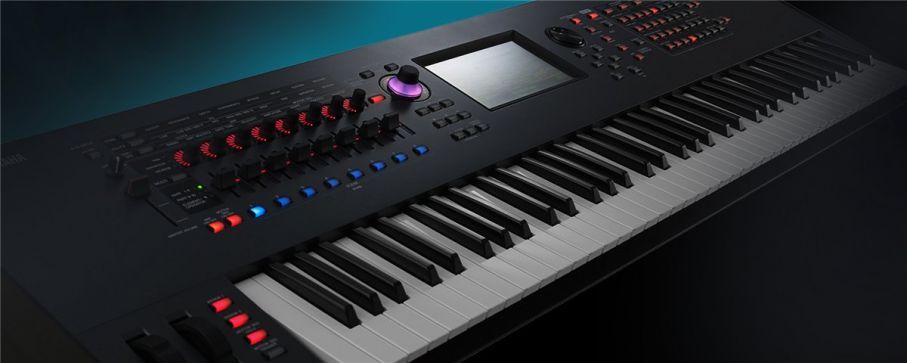Synthbits – Soundmit 2017: Hans-Peter Henkel on FM Synthesis
First up is a great demonstration of the realtime control of FM-X in MONTAGE from the synth master Hans-Peter Henkel. All the sounds he is using in this video are entirely produced by the FM-X – underscoring the massive realtime control of MONTAGE. If you like what you hear, be sure to grab the great FM-X sound library “FM-Xperience” from Easy Sounds here, and check out the video below:
Want to share your thoughts/comments about the video? Join the conversation on the Forum here!
And stay tuned – more Synthbits from Soundmit 2017 to come tomorrow.

